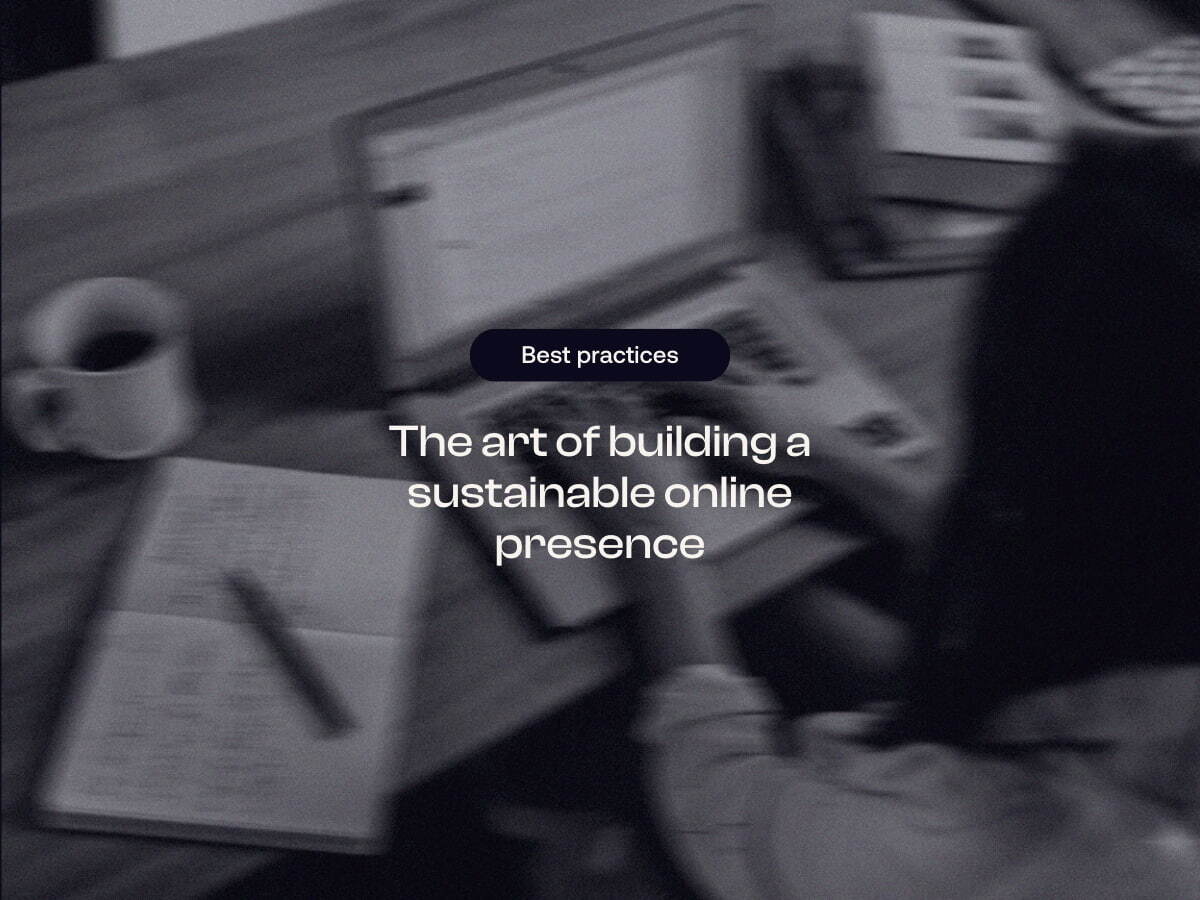The four pillars of digital marketing

Last updated: 01 January 2026
Whether your company is just starting out or is looking to expand its reach, digital marketing is an essential part of any long-term growth plan. Using tried-and-true tactics like Search Engine Optimisation and Pay Per Click Advertising is a crucial part of attracting the right customers.
To build a sustainable online presence, you need to master these four core pillars.
Search Engine Optimisation (SEO)
When you search for something on Google, you’re no longer just seeing a list of blue links. With the rise of AI-powered search, search engines now provide direct answers and conversational summaries.

SEO now isn't just about keywords. It's about answer engine optimisation. When a user asks a complex question, Google uses AI to give them the answer immediately. This means your content needs to be more authoritative and structured to be cited as the source for these AI summaries.
The higher your website is on the search results, the more likely a potential customer is to click on your site.
If you want to do your own research, check out some free tools for SEO research.
The goal remains the same though. Try and get your site as high as possible in these organic results. But now, you aren't just ranking for keywords. You're ranking for intent and context too.
Pay Per Click Advertising (PPC)
PPC ads are a great way to get your company’s name out there in the digital space.
With tools like Google's Performance Max, the search engine uses AI to decide where to show your ads (Search, YouTube, Gmail or Maps) based on which placement is most likely to convert.
You pay only when someone clicks, but the magic happens behind the scenes as Google's algorithms find the right person at the exact moment they are ready to buy.
Inbound Marketing
Inbound marketing is all the content you put on the web for free for your audience to connect with, like blogs and social media posts. This content should build trust. These are a fundamental part of any digital marketing strategy.
In an era where AI can generate generic content in seconds, human expertise is your biggest competitive advantage.
With social media, you can connect with your target audience on platforms lthey are already on and engaging with, like Facebook, Instagram and LinkedIn.
You can also attract people to your website with blogs. Blogs will show your company knows it’s stuff, while also making you sound personable - am I right beautiful readers?
Blogs support your inbound marketing efforts in two ways. They provide you with content for social media, to drive your social media followers to your website. If you want backlinks for your website and SEO efforts, blogs are a great way to do it, with valuable content linked to from other websites.
Your blogs also provide the deep insights that AI search engines look for when generating summaries.
Outbound Marketing
Outbound marketing is known as the traditional form of digital marketing. This includes sending email blasts and everyone's favourite, cold calling.
Instead of attracting a customer to come to you, as you would with inbound marketing, you are reaching out to the customer. Outbound marketing is often the most time-consuming and tedious. It takes a lot of time to reach out to potential customers individually.
Thankfully there is marketing automation and AI agents you can use to take some of the load. You can use HubSpot to ensure your outbound efforts hit right. Instead of blasting an entire email list, you can use data to send specific messages to people based on their recent actions on our site. It's about beintg proactive without being intrusive.
Navigate the new era of digital marketing with Refuel
If these pillars of digital marketing have your head spinning, that's where we come in! Refuel Creative can help you master these vital tactics and provide you with strategic marketing and technology advise so that you can concentrate on what you do best.
If you need help getting the most out of your digital marketing, just get in touch and we'll help find the right strategy for you and your organisation.
